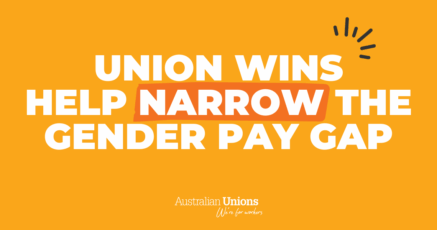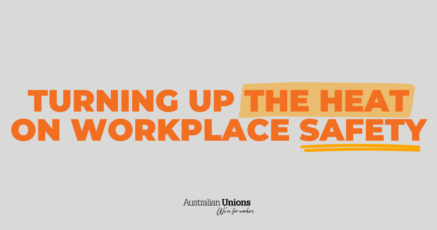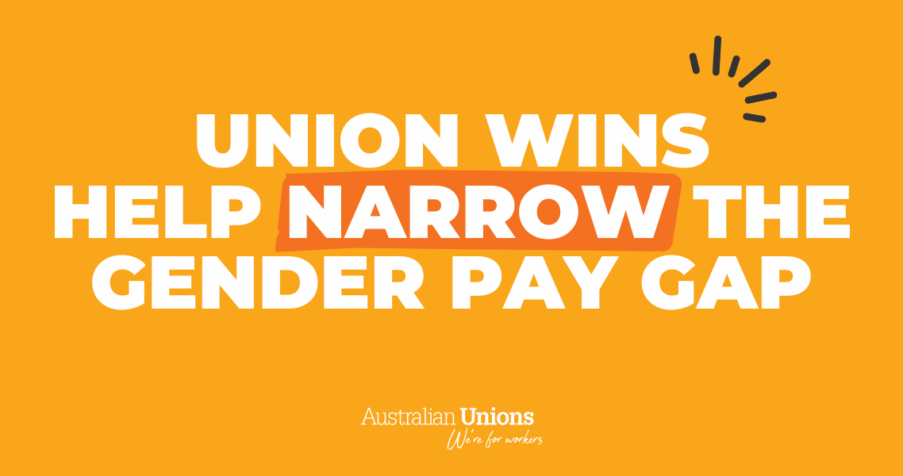If there is no significant pay increase for all aged care workers in the next six months, we could see three in four workers leave the sector.
A survey in the Health Services Union Aged Care Snapshot report found an overwhelming support among aged care workers for a 25 per cent pay increase.
Workers said decent wages was an “extremely important” factor in deciding to stay in their jobs – and it’s easy to see why.
“I have been punched, kicked, spat on, hair pulled and verbally abused,” survey participant Kerry said.
“These times have been difficult but not nearly as difficult as working extremely short staffed constantly, as no new workers want to join the industry because of the pay rate and conditions we have to work in.”
Aged care workers’ 15 per cent pay rise is a start
Aged care workers secured a 15 per cent “interim increase” in their pay after the Fair Work Commission (FWC) handed down their decision on 4 November 2022.
Because it was an interim decision, the timing of the pay rise and how it will be introduced is still to be decided.
United Workers Union (UWU) Aged Care Director Carolyn Smith declared it a “historic moment” to start addressing the undervaluation of the highly feminised sector.
“In this decision, aged care workers have successfully demonstrated their skills, commitment and hard work are worth much more than they are currently being paid,” Smith said.
But Smith was also disappointed that some aged care workers would not receive the increase.
Whatever way you cut it, the neglect continues for those in lifestyle and aged care support services until a hard-fought future decision by the Fair Work Commission. The bargaining system has completely failed aged care workers and it’s only by taking protracted court action that aged care workers have received some measure of justice.
Carolyn Smith
UWU Aged Care Director

Health Services Union National President Gerard Hayes said the need for a higher increase of 25 per cent was “beyond urgent”.
“Aged care is on the verge of a mass resignation that will trigger the sector’s collapse,” Mr Hayes warned.
“This is not a problem that can be solved by bringing in the army or phasing in a pay rise. We need an urgent injection of money into the bank accounts of workers.”
Australian Nursing and Midwifery Federation Acting Federal Secretary Lori-Anne Sharp described how the “predominately female” aged care workforce was made up of some of the lowest-paid workers in Australia.
“The tide is turning but there is still much work to be done,” Sharp said.
Workers and residents suffer with low staffing and poor wages
Not only do aged care workers struggle to make ends meet on sometimes as little as $22 per hour, but aged care residents are also worse off too.
Survey participant Jade said she wanted to cry almost every day because her workplace was so “understaffed and undervalued.”
“I always feel like these residents deserve more time individually, instead of a rush and then on to the next resident. I guess every day is the biggest challenge solely because I feel like they deserve more, and I can’t give that to them because of the aged care system and the lack of staffing and wages.”
Just this year, it has been for the sake of our healthcare system that we’ve seen midwives, nurses and aged workers go on strike multiple times about appalling conditions and low wages in our public hospitals and aged care facilities.
With a movement of almost two million workers across Australia, together we get things done. That means better wages than non-union members and the workplace conditions you deserve.






SHARE:
Aged care workers’ 15% pay rise a start but higher increase is “beyond urgent”